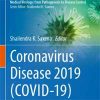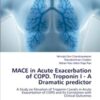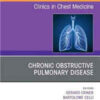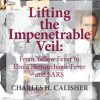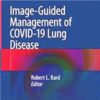Acquired Weakness and Hospital Functional Mobility Outcomes Following Invasive Mechanical Ventilation in Patients with COVID-19
pubmed.ncbi.nlm.nih.gov
In critically ill COVID-19 patients, the incidence of ICUAW and acute gait dependence were high. Our study identifies factors influencing both outcomes. Future studies should investigate optimal COVID-19 ARDS management and impact of dyspnea on acute functional outcomes of COVID-19 ICU survivors.
During the pandemic second wave, between 27 July and 15 December, 2020, 70 patients were enrolled.
ICUAW incidence was 65.7% and 31.4% at ICU discharge and hospital discharge, respectively.
Gait dependence at hospital discharge was observed in 66 (54.3%) patients, including 9 (37.5%) without weakness at ICU discharge.
In univariate analysis, ICUAW was associated with the use of neuromuscular blockers (crude odds ratio [OR] 9.059; p = 0.01) and duration of mechanical ventilation (OR 1.201; p = 0.001), but not with the duration of neuromuscular blockade (OR 1.145, p = 0.052).
There was no difference in corticosteroid use between patients with and without weakness.
Associations with gait dependence were lower MRC-SS at ICU discharge (OR 0.943; p = 0.015), older age (OR 1.126; p = 0.001), greater Charlson Comorbidity Index (OR 1.606; p = 0.011), longer duration of mechanical ventilation (OR 1.128; p = 0.001) and longer duration of neuromuscular blockade (OR 1.150; p = 0.029).






